Welcome to Bird School! On this page you'll find all the info you need about the different workshops we offer. Remember, part of our goal is to get folks outside, so most workshops are centered around an experiential approach to learning concepts. This being said, some of our workshops will include a classroom portion where we can use a controlled environment and a variety of media to learn. We recommend that any workshop you choose for your class be paired with our Intro To Bird Watching and Nature Observation. All workshops are hands on and interactive for students and teachers!
Introduction To Bird Watching And Nature Observation
 |
| UCSC Natural History Field Quarter '14 photo credit to Sarah Angulo |
 |
| Red-tailed Hawk |
Flight And Feathered Adaptations
Birds are incredibly unique among all organisms in the way they move across a landscape. They all have special adaptations in the form of wings and feathers that separate them from the rest of the animal kingdom physiologically. In this workshop we explore these adaptations, paying special attention to those we can observe. Additionally we trace these adaptations back to moments along the evolutionary path when other organisms shared similar adaptations. This workshop provides a unique opportunity to connect past with present and notice patterns in adaptations that allow different birds to fill niches in the environment. Students leave this workshop with a better understanding for how birds fit into an ecosystem and with examples of how an organism can adapt to an environment.
Bird Migration
 |
| Western Tanager |
 |
| Marsh Wren |
No matter what your habitat, even in the city, birds are communicating all around us. In this workshop we’ll listen to some of the finer notes in a bird’s song or call. Students learn to differentiate bird species by sound and learn why and how birds make the noises they make. We will listen to some of the common birds in the neighborhood on sound files and go out to observe birds making noise outside. Additionally students learn to pick out rhythms and patterns. Students make their own sonograms in creative fashion and learn to describe what they hear in their own field journals.
Bird Behavior
Birds are busy bodies. They are constantly telling us about themselves and the environment by the way they act and interact with each other. In this workshop we explore bird behavior through observation and discussion. Students gain an understanding of how individual bird species move through their environment and how they live among the other creatures. Additionally students gain a reference point for interpreting bird behaviour as they observe it.





